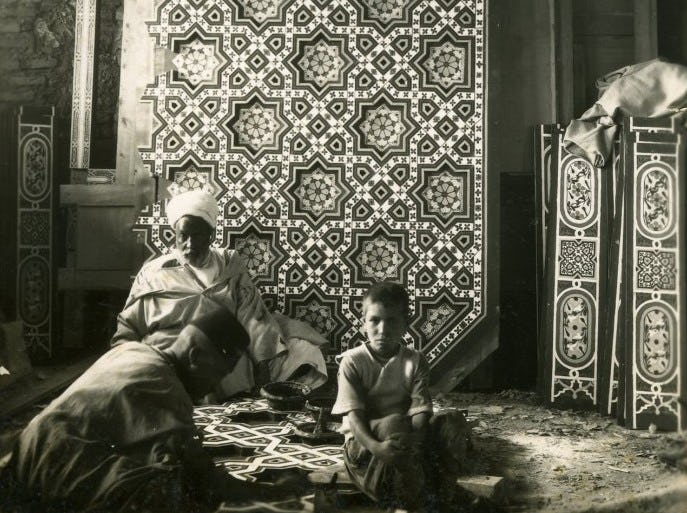Mina'i Bowl with Mounted Falconer Encircled by Sphinxes
Date12th - 13th century
PeriodSeljuq
MediumStonepaste, polychrome pigments, gilding
DimensionsDiameter: 8 1/16 in. (20.5 cm)
ClassificationsCeramics
Credit LineCourtesy of the Doris Duke Foundation for Islamic Art
Object number48.331
DescriptionMina'i (enamel) ware ceramics - also known as haft-rang (seven-colored) - were produced during a relatively narrow window of time in medieval Iran, from roughly 1170 CE to shortly after the Mongol invasions in the 1220s CE. Our current state of knowledge seemingly restricts their production to a sole city: Kashan. These splendid and attractive artworks resonated with early collectors of Islamic art, who admired their vibrant colors and narrative scenes. The present bowl was displayed in at least four museum exhibitions in the early 20th century, before being acquired by Doris Duke in 1937. This round vessel, with an everted rim and short foot, features a central roundel with an elaborately-dressed falconer (the loosely-sketched bird in his right hand is missing its head) astride a blue mount. The rider’s vivid, patterned caftan - complete with tiraz bands at the upper arms - and the intricate saddlecloth suggest the luxurious textiles available to the courtly class. Along the cavetto, sphinxes process counter-clockwise, interspersed with arabesques. These apotropaic creatures - two with sleek blue bodies, and the other pair with stately blue wings - parade underneath a Kufic band repeating a stylized version of the word “Allah” picked out in white against a blue background. The exterior rim of the bowl features an inscription of loosely inscribed naskh-style Persian script.On View
On viewCollections
7th - 8th century
19th century
16th - 17th century
11th -12th century
c. 1580
12th - 13th century
19th - 20th century














